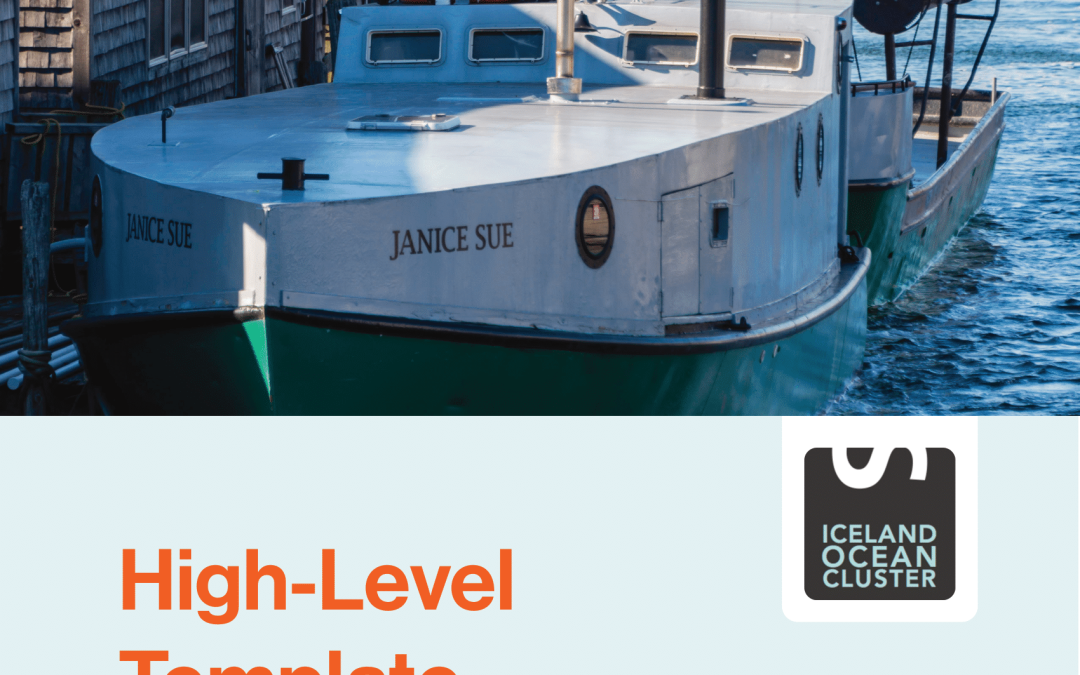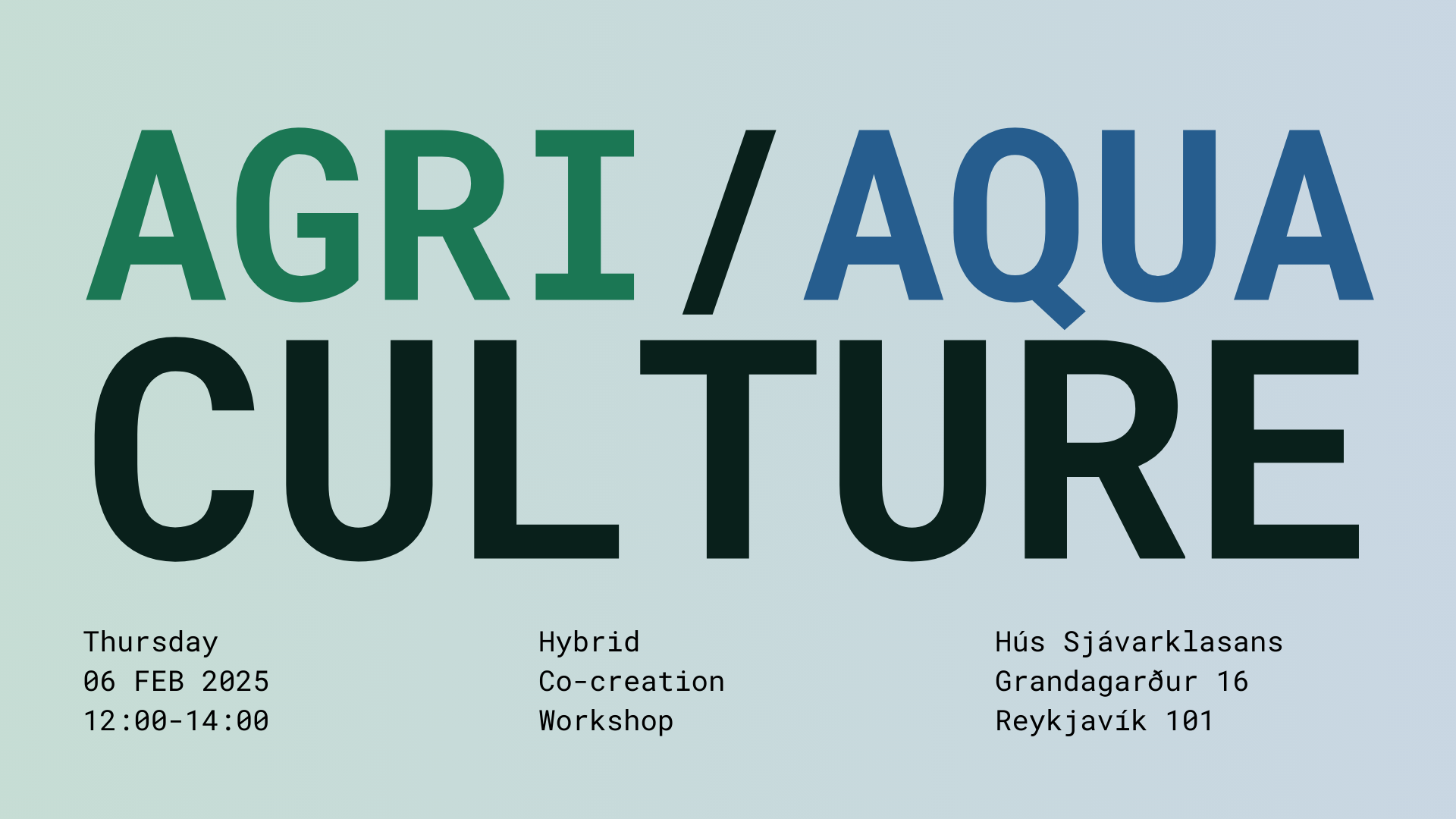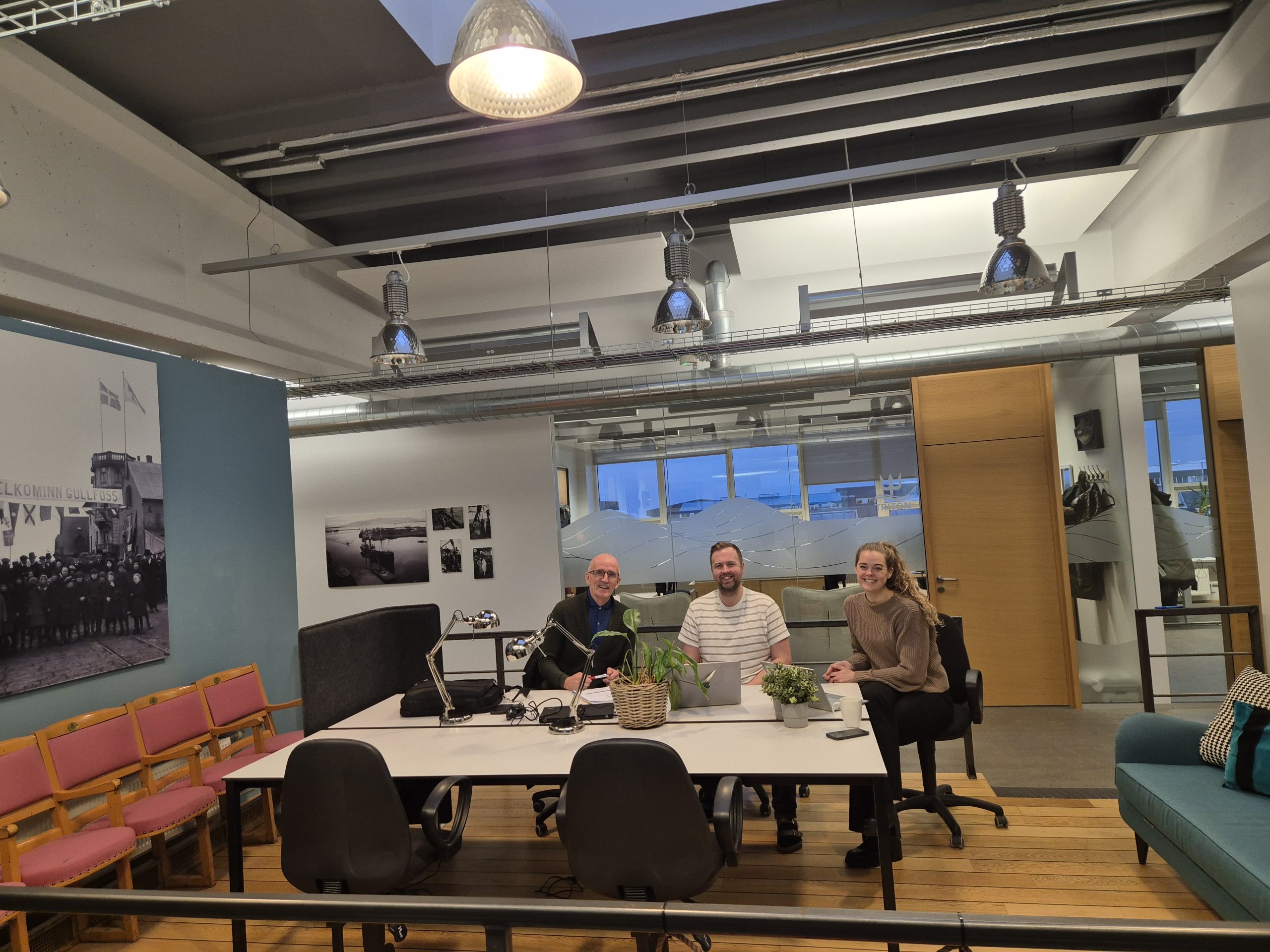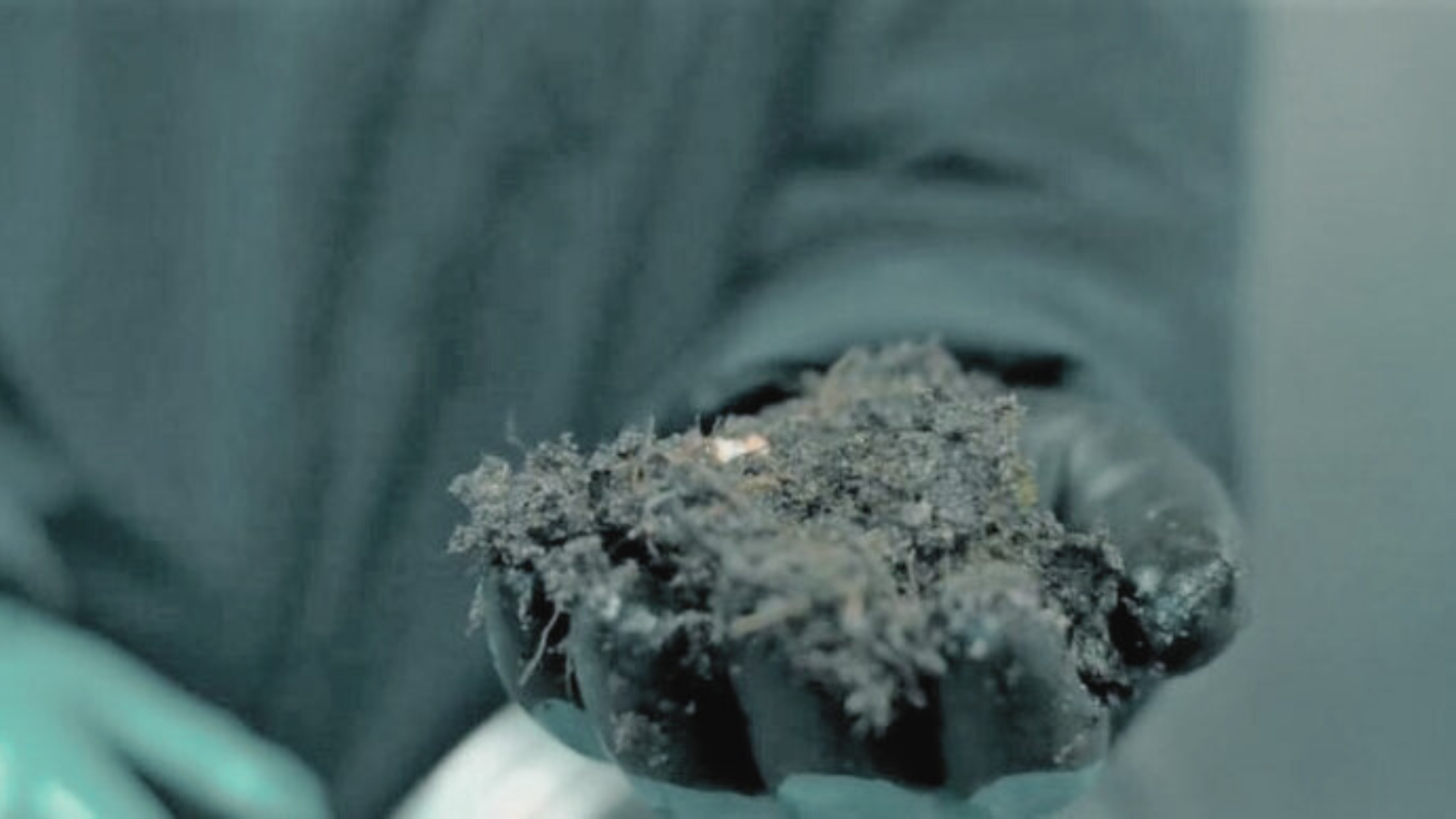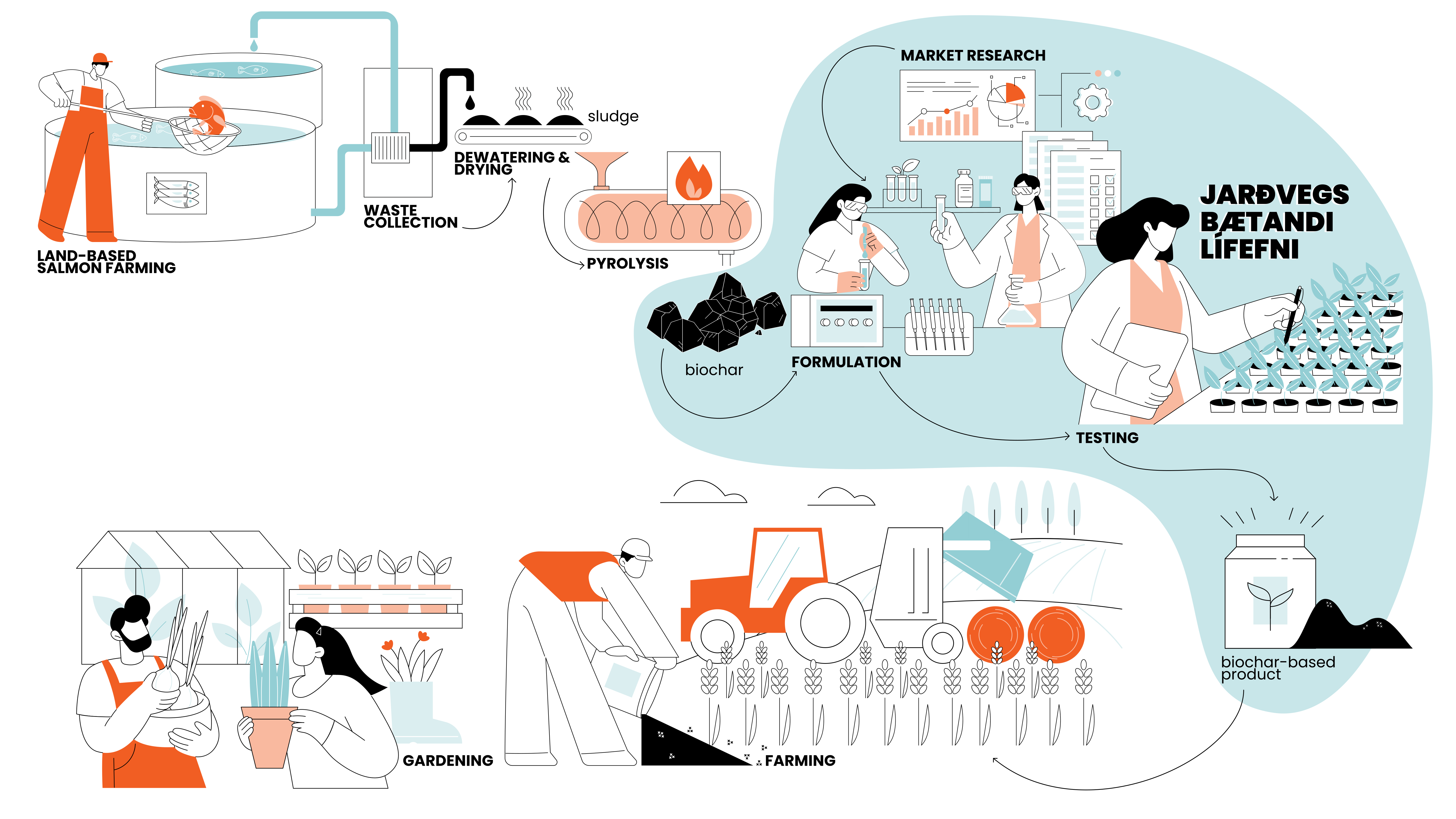Executive Summary
This report explores several strong examples of international research and development centers globally that provide support to the seafood sector to create value from processing cut-offs. Many of these have similar characteristics that have enabled their success, including the locations where they have been established, the equipment and staff skill set they have acquired, their funding model and collaborative partnerships across research and industry, as well as links to the product supply chain through industry. These key characteristics have been mapped to locate three potential locations in the Great Lakes region that would be promising sites for a regional research and development center focused on full utilization and value creation of fish. Of these
locations, Location 1 (Wheatley, Ontario) shows the greatest potential in terms of the surrounding businesses and potential collaboration or supply chain partnerships, as well as being close to an urban center and universities.
An investigation of potential capital costs and the steps that would be needed to establish a research and development center in the Great Lakes region are presented. The highlights of this step-by-step guide are that the specific research and development needs of the region (those which cannot easily be outsourced and for which there is high demand) must be established, the ownership and financing model must be determined, and the long-term financial sustainability and business model of the center must be determined. Regardless of the model selected, it will be essential for a center to be well connected to the local and global innovation community, and to business development, or startup hubs. This will be important when ensuring the next steps in the value chains and supply chains are reached and when exploiting the output from the research and development center, either by independent companies or as spin-offs from the center owners.



